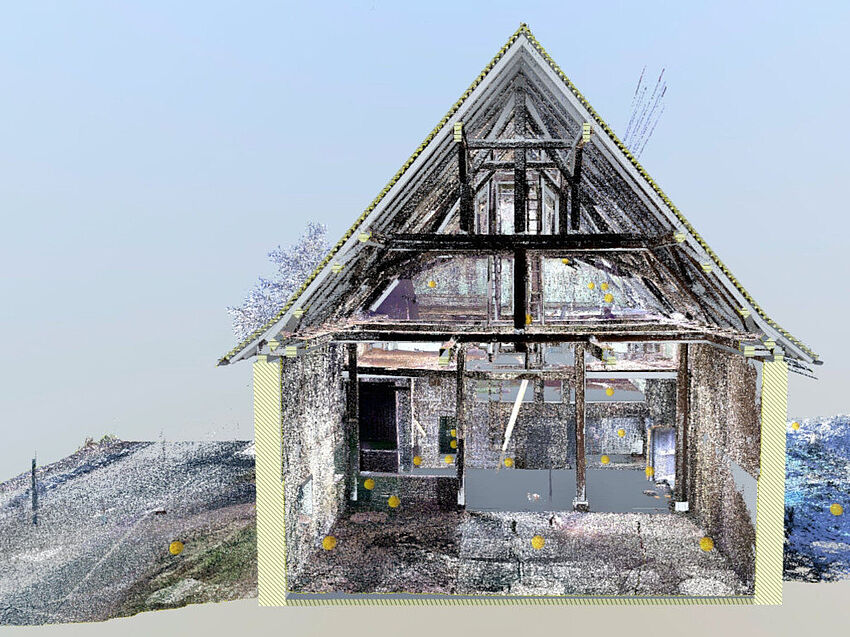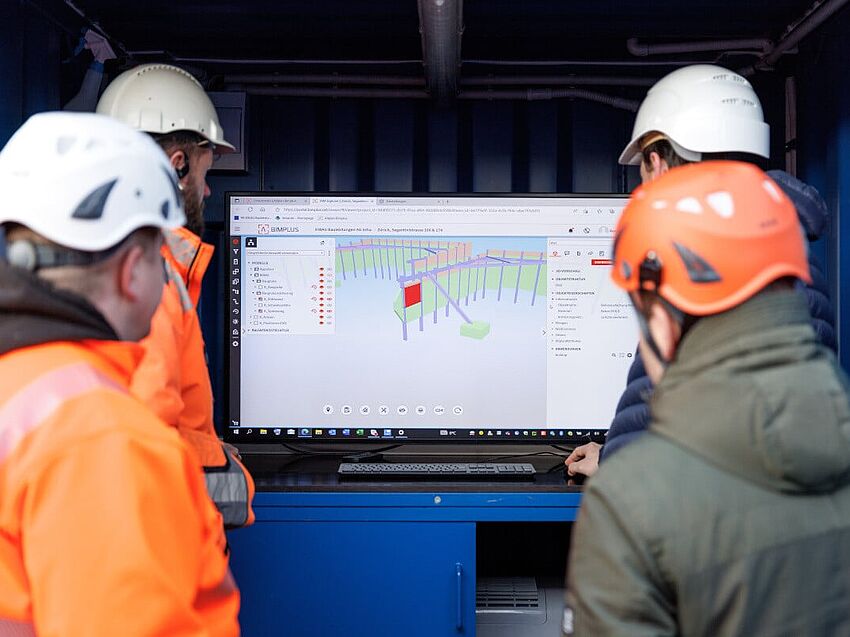Building Information Modeling (BIM) is becoming the accepted method of delivering construction projects, as it provides many advantages to the project team. Clients also reap the benefit of being able to operate and manage their facilities more efficiently using the BIM model after completion. As this becomes embedded in how we construct, the next evolution of BIM will see better planned and connected cities using BIM on a larger scale. Here’s how BIM can help support the future development of our cities.
Efficient City Planning
One of the major advantages of BIM is being able to see a digital representation of the structure in its urban context. This visualization helps eliminate clashes between the building elements as well as between the existing features or structures in the ground/soil. On a city level, this can help city planners efficiently map out the available space and evaluate new developments against their proposed surroundings. Buildings and infrastructure can be seen and tested, allowing performance to be modelled – and adjusted, if needed – before being built.
Similarly, a BIM model contains all the information about a structure. On a larger scale, a city BIM model will contain the information that urban designers require to undertake analysis and evaluations of new projects. Having access to an information-rich city model will make the planning process more efficient by reducing the information gaps. Better urban design strategies can also be developed, because a complete picture of neighboring districts and existing services can be obtained from the city BIM model.
Connecting BIM with GIS information gives the different stakeholders – such as politicians, engineers, and investors – a powerful toolset that enables a higher level of understanding, discussion, and interaction during the city and infrastructure planning process. BIM has the ability to provide more transparency to the political decision processes and to improve citizens’ satisfaction with the places they live and work.
Here’s some real-life examples of how BIM can help improve our cities:
Visibility analysis for finding the optimal location to place a surveillance cameraEstimating the shadows cast by urban features to determine solar envelopes and lighting conditionsEstimating the expected noise in an urban environment for better traffic planning3D property maps and information (cadastral surveys) for more accurate property registrationVisualization for navigation purposes and better information sign planningImproved urban planning that includes more green areasVisualization for virtual tours, and more efficient constructionBetter emergency response with accurately planned evacuation routesPredicting air quality using computational fluid dynamicsEstimating the population in an area for crisis managementEnhanced logistics and routing: as connectivity and traffic is better understoodBIM For Connected Cities
As the Internet of Things (IoT), geographical information systems (GIS), big data, and machine learning continue to evolve for a range of uses, they will enable countless applications for cities. Real-time monitoring of sensors is just one use that could benefit a connected city: the information from the IoT-enabled sensors can transmit data that can then be analyzed for patterns, and functions can be adjusted to suit local conditions. For example, traffic lights can incorporate sensors that will monitor traffic flows along a route and adjust the timings to keep a smooth flow of traffic. With the rise of autonomous vehicles, a connected traffic management system can adjust vehicle speeds and direct cars to unoccupied parking spaces.
There are numerous applications that connectivity will enable for our cities, but there needs to be a consistent and unified way of sharing the data so that informed decisions can be made. That’s where a city BIM model will help, by providing an open platform for an information-rich city database. Without this cohesive approach, data will become siloed and reduce the benefits of connectivity. Capturing and sharing data across a connected city can help improve not just buildings and infrastructure, but also healthcare, security, and the environment. A city BIM model will be a powerful tool for coordinating designs, services, and maintenance programs – essentially, providing a digital asset model that is continually enhanced with information.
Cities Of The Future
BIM is no longer our future, it’s our present. But how it evolves and the role it will play in making our cities smarter and more sustainable while enhancing our quality of life is still being determined. However, one thing is certain: digital technology and BIM will transform how we design, build, and manage our cities.




